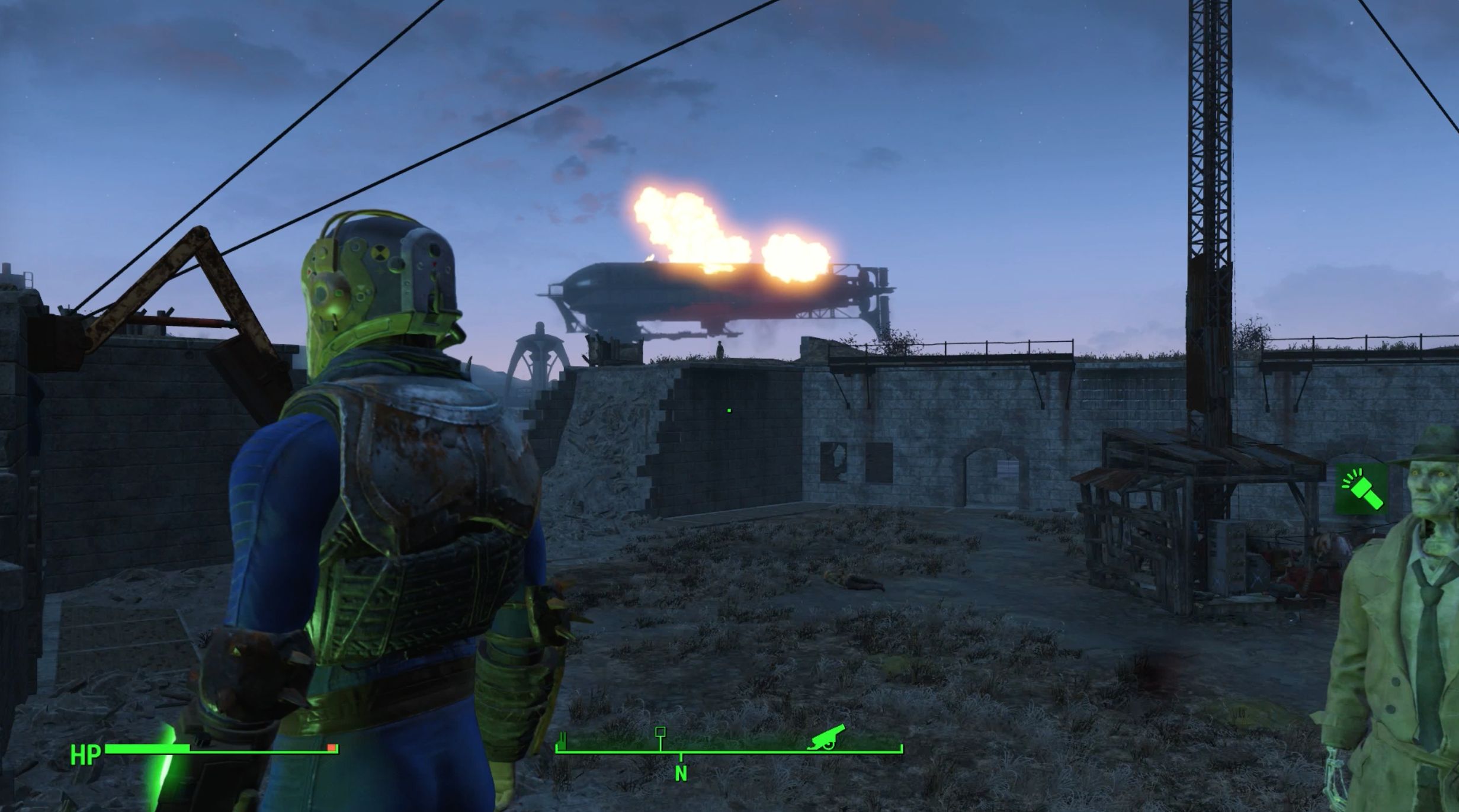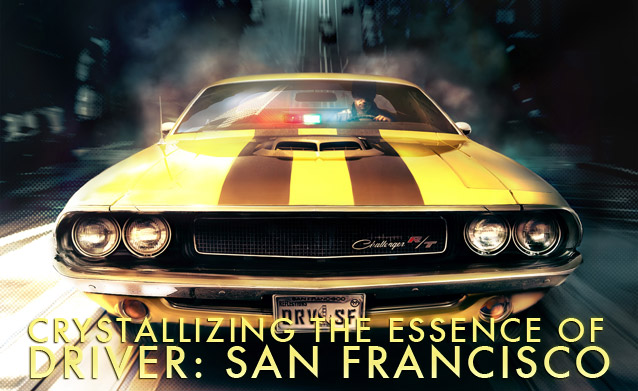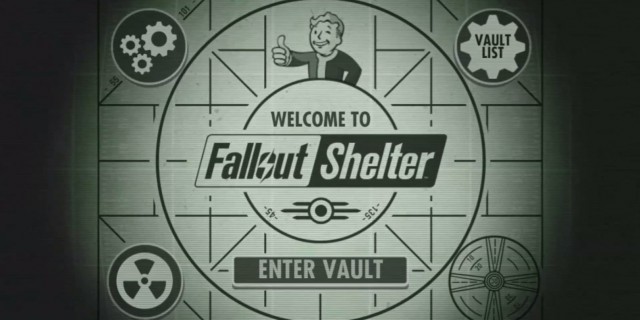

It’s never easy to try to view HD remasters through a critical lens. Nostalgia clouds the judgement if the game is simply a beloved experience from the past, let alone a formative title in the modern gaming world. But such is the challenge with the new Resident Evil HD remaster, an updated version of the Capcom survival horror game that made characters like Jill Valentine, Wesker and Chris Redfield household names.
Seeking to update the game’s visuals and controls – or, more specifically, build further off of the 2002 remake for the Nintendo GameCube – for the PC, PS4 and Xbox One audience, Capcom has given gamers yet another trip into the Spencer Mansion, and a ticket for the horror show that awaits inside its many rooms and puzzles. There is no better time to experience it for the first time, but those already versed in the series’ first entry won’t need to retread it just yet.
On a broad scale, the very idea of remastering a game first released in 1996 could lead to two schools of thought, neither of which is a simple proposition. The developers could tackle the task of updating the original to the same level of polish and graphics that those who played it have likely fooled themselves into thinking were there in the first place – or allow a modern design philosophy to reshape its locations, enemies, battles, or mechanics.
Thankfully, Capcom chose the former when the 2002 remake was first released, meaning the core of Resident Evil remained (relatively) unchanged. The good news: for new players, this remaster is a chance to see for yourself what all the fuss was about. The bad: the HD remaster is simply the GameCube remake, given a higher resolution and a choice of aspect ratios.
For new players (or those in need of a refresher), the first Resident Evil drops players into a strange mansion placed within a desolate forest. As members of STARS (Special Tactics and Rescue Service), Jill Valentine, Chris Redfield and commanding officer of Alpha Team, Albert Wesker, are attempting to reconnect with colleagues sent into the area to investigate reports of a zombie-like outbreak. Taking control of either Jill or Chris, the mansion’s secrets are slowly solved, and its infected residents transformed from one monstrous being to another.
The updated visuals and controls (a gamepad is still recommended over mouse and keyboard) may leave something to be desired, but the remaster couldn’t have found a better time to be released onto new gamers. As the current market of indie or small-scale horror titles seek to recapture the survival horror experience (a term that Resident Evil coined), even the design choices that used to turn off some players may now seem particularly inspired to newcomers.
Players will be forced to learn most of the game’s mechanics and intricacies the hard way: Jill and Chris have different health and damage levels as well as inventory size, saves are limited by in-game Typewriter Ribbons, and even killed enemies will return to life as more grotesque creatures if not finished off for good. The game doesn’t spell any of this out, mind you; and that makes Resident Evil a game of this age, regardless of its original release date.
Even those who fancy themselves veteran gamers will realize how much the genre has changed once the first blind corner is turned, leading the player directly into a bloodthirsty enemy. The ruthless nature of the game really can’t be understated: enemies will be heard before being seen – not because it’s a clue given by the developers, but the only way of avoiding the traps they’ve set around every corner and doorway.
Those who play the game today will be able to do so with the controller scheme designed for console players and controllers. the infamous ‘tank controls’ are still an option, and having to plant either Chris or Jill’s feet to fire at approaching enemies is as unnerving as ever. But the controls are now an added dimension of the game’s brand of terror, not a hurdle to it (the same goes for the recent remaster of Resident Evil 4).
The locked camera will be one of the strangest choices for first-timers, not only allowing the designers more control over what can and can’t be seen or prepared for, but adding an eerie voyeuristic element as well. These days the goal for survival horror is putting the player into the shoes of the game’s hero, but for Resident Evil, the added distance makes the setting and scares even more horrifying somewhow.
The increased resolution and aspect ratio does justice to that aspect of the game, if nothing else. The lighting of the remaster alone makes it worth a look, as the locked camera angle(s) for exploring each room, hallway, and puzzle are given new life thanks to the updated light effects. The character models or background textures may not be up to the bar of modern titles, but seeing them move through light and shadow down a hallway from a fixed perspective helps conceal their shortcomings.
All things considered, the remaster doesn’t add, refine, or update the basic game – the GameCube remake, that is – enough to make it a must-play for those who have already found the keys, solved the puzzles, and slain the beasts of the Spencer Mansion. But if you missed out on either the 1996 release or the first remake, or these screenshots have tempted you back into the claustrophobic corridors and unsettling soundscapes of the game that defined survival horror, then the Resident Evil HD remaster has your name written all over it.
The Resident Evil HD Remaster releases on January 20 for PC, PS3, PS4, Xbox 360 and Xbox One. We played the PC version.




 Crystallizing the Essence of Driver: San Francisco
Crystallizing the Essence of Driver: San Francisco How to do Borderlands The Pre-Sequel Research And Development Side Quests
How to do Borderlands The Pre-Sequel Research And Development Side Quests Diablo III: Book of Cain Looks Suitably Diabolical, In Pictures!
Diablo III: Book of Cain Looks Suitably Diabolical, In Pictures! Counter Strike: Global Offensive Weapons Guide
Counter Strike: Global Offensive Weapons Guide Fallout Shelter Cheats, Tips and Tricks Guide
Fallout Shelter Cheats, Tips and Tricks Guide